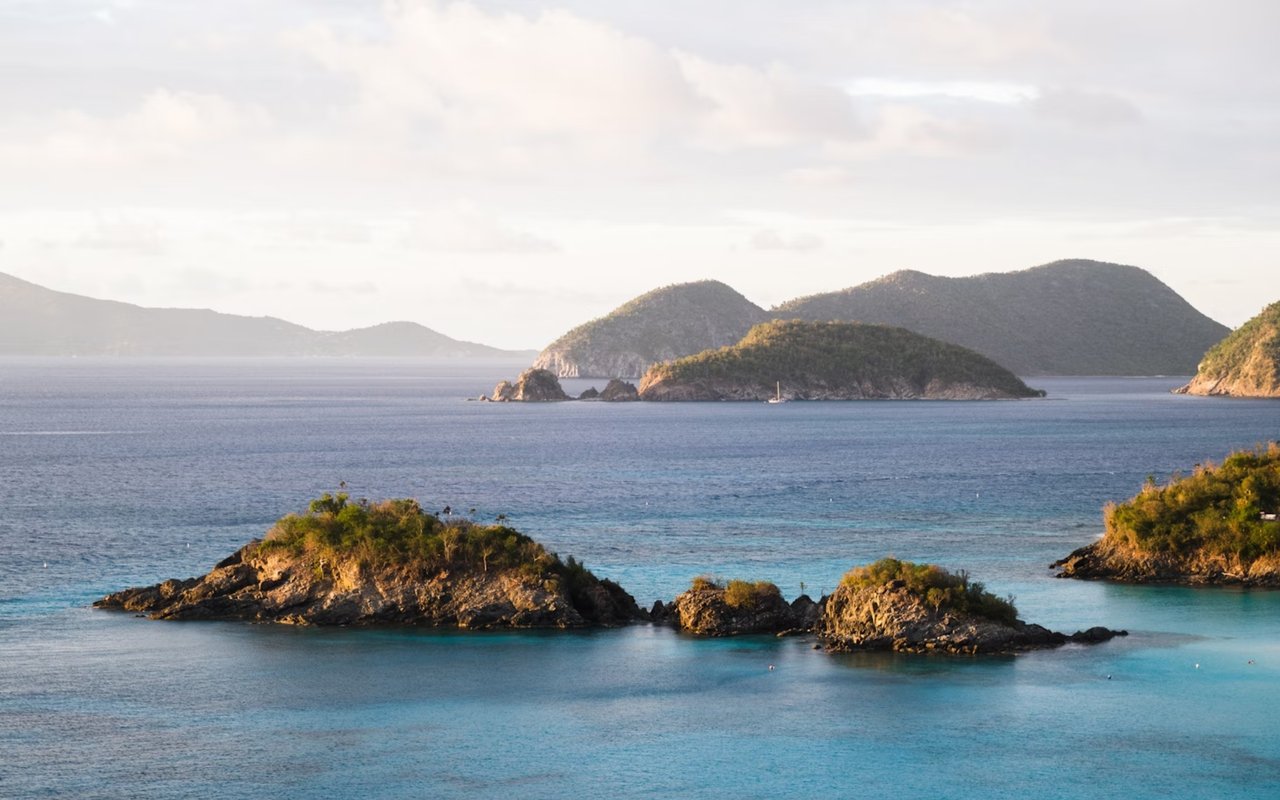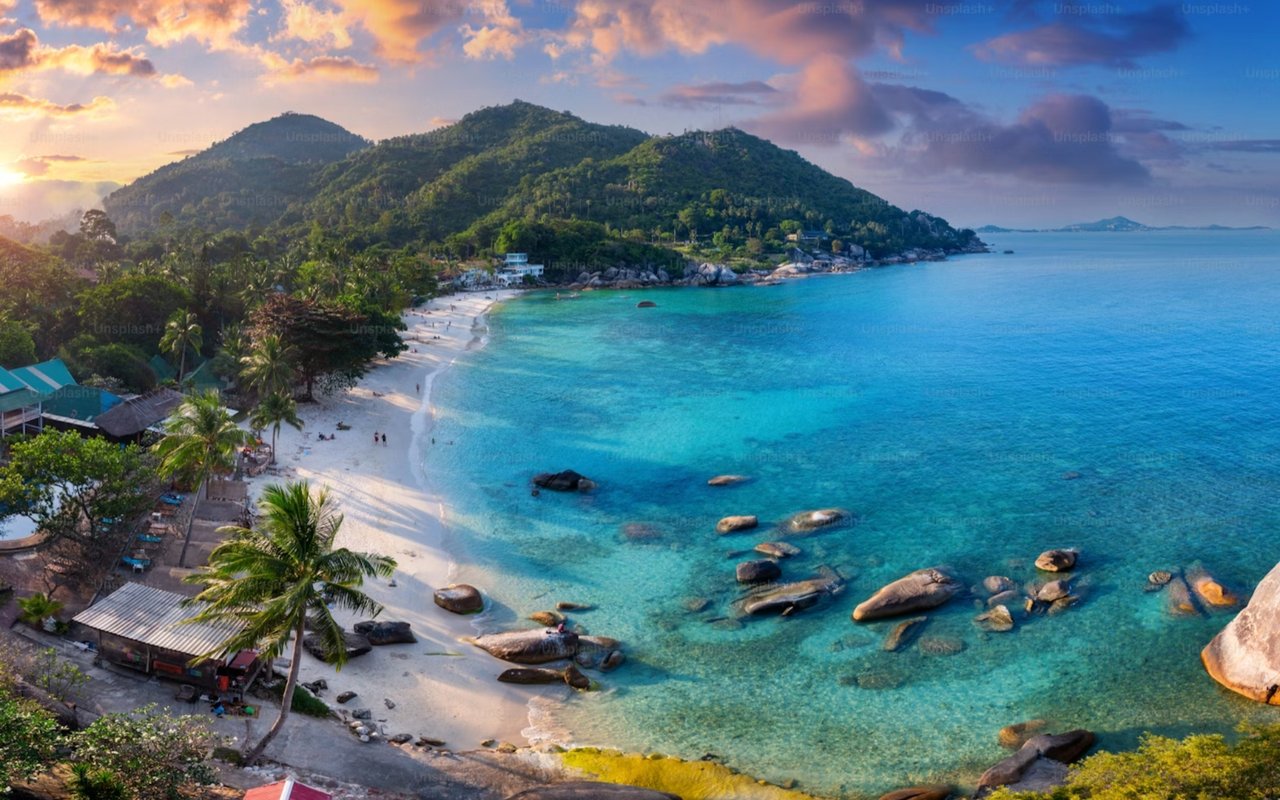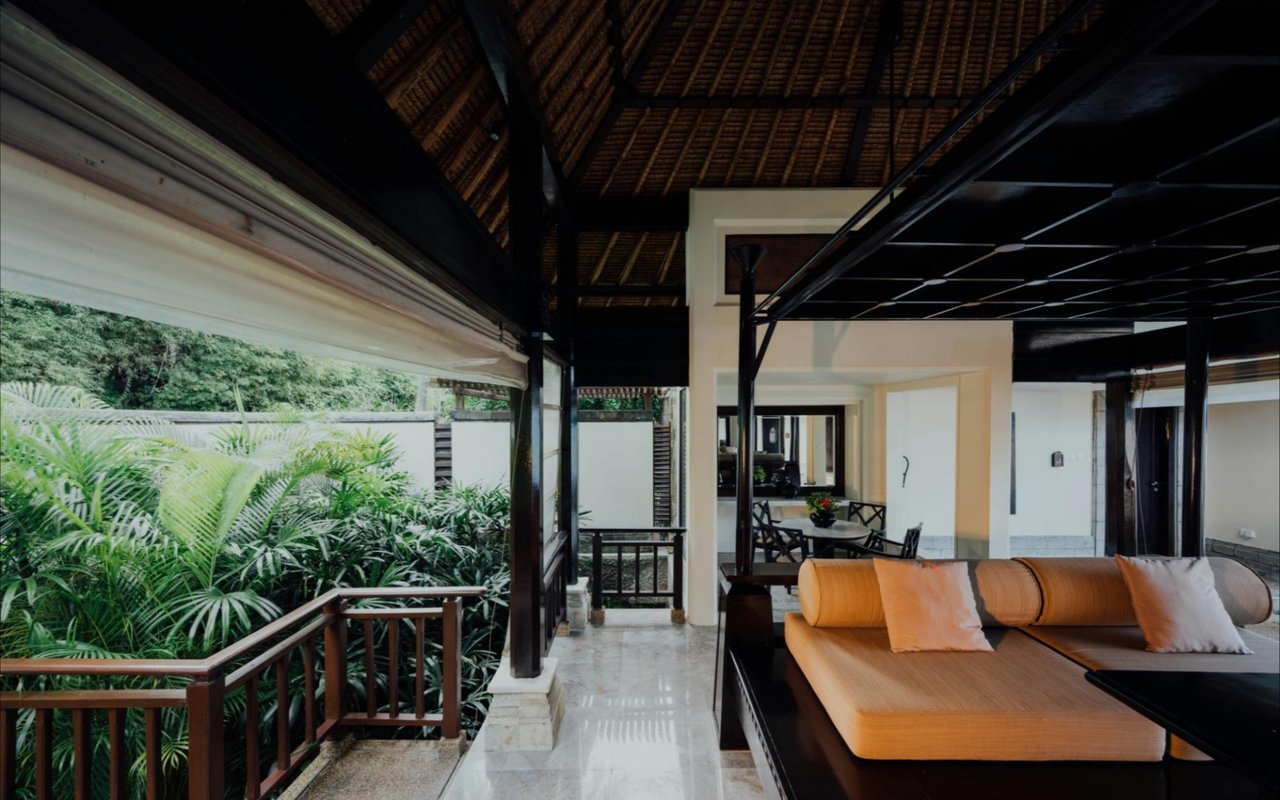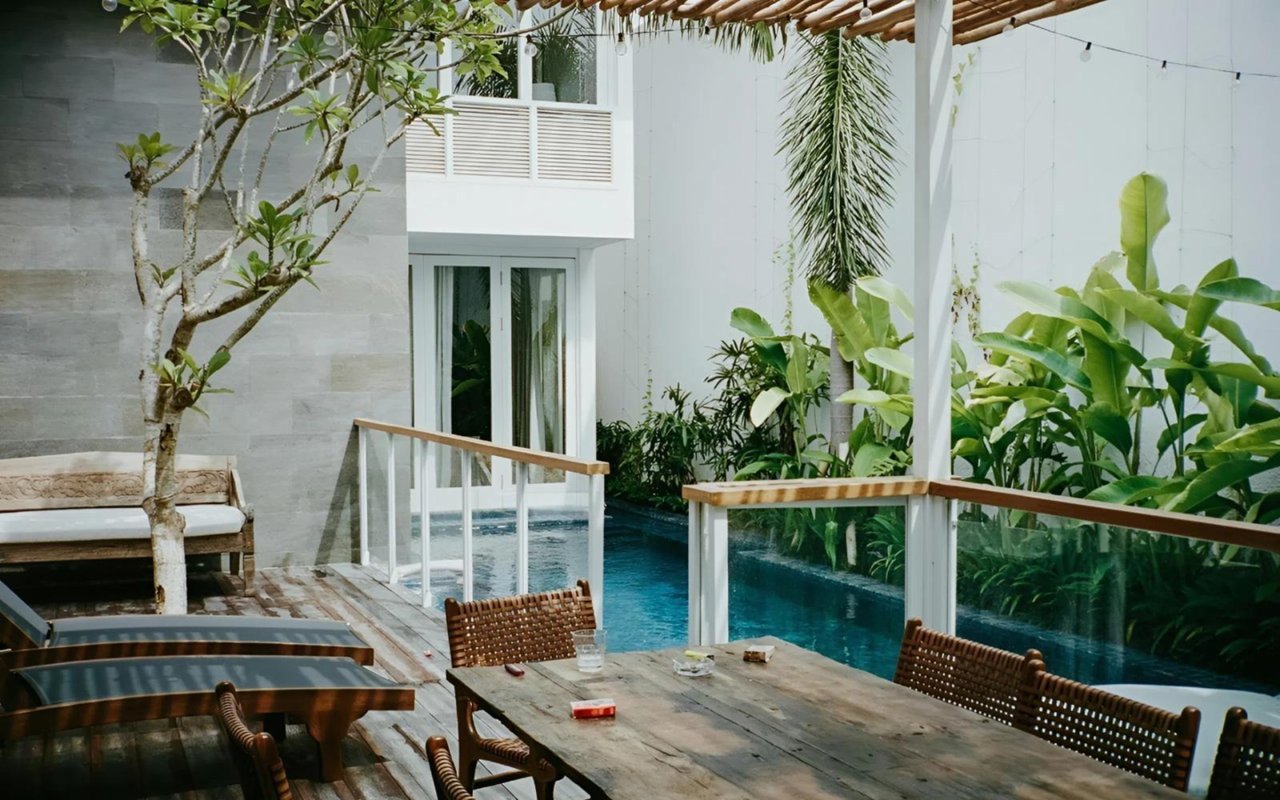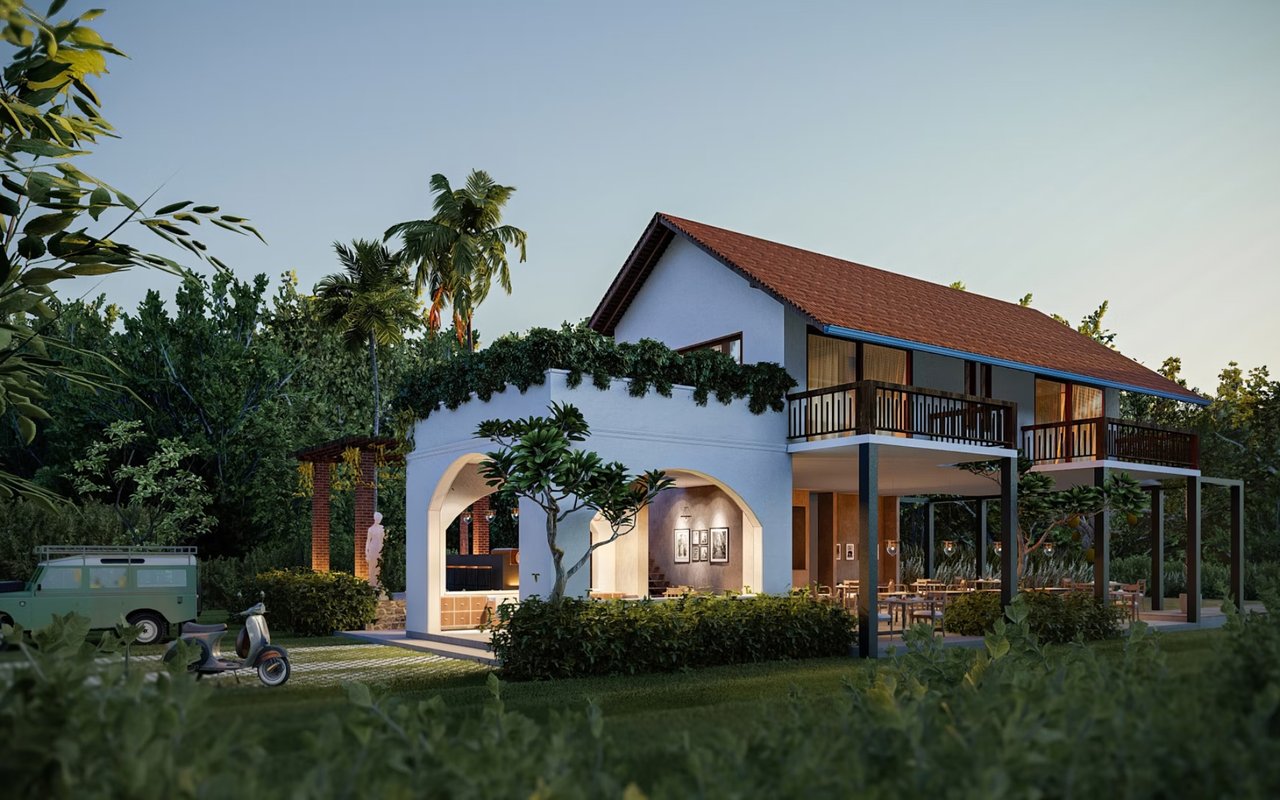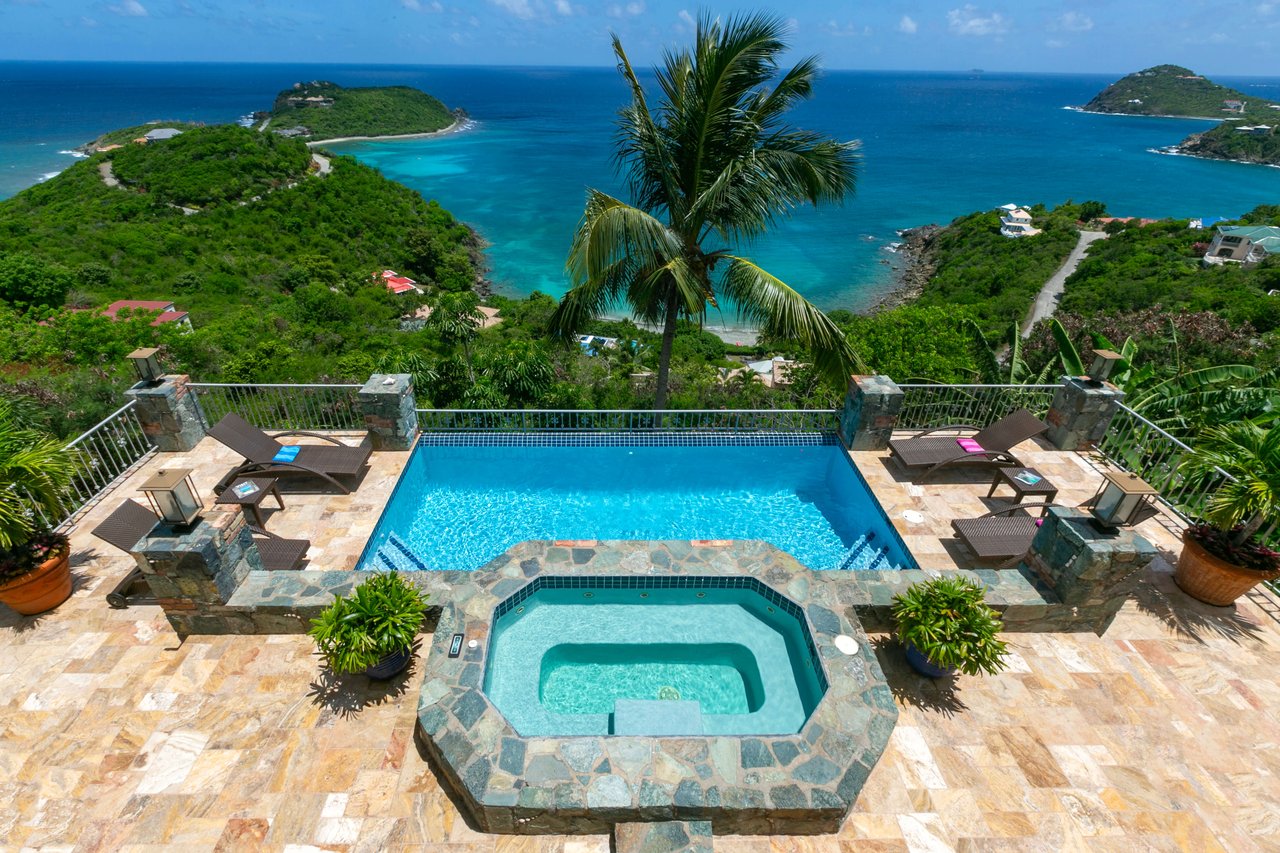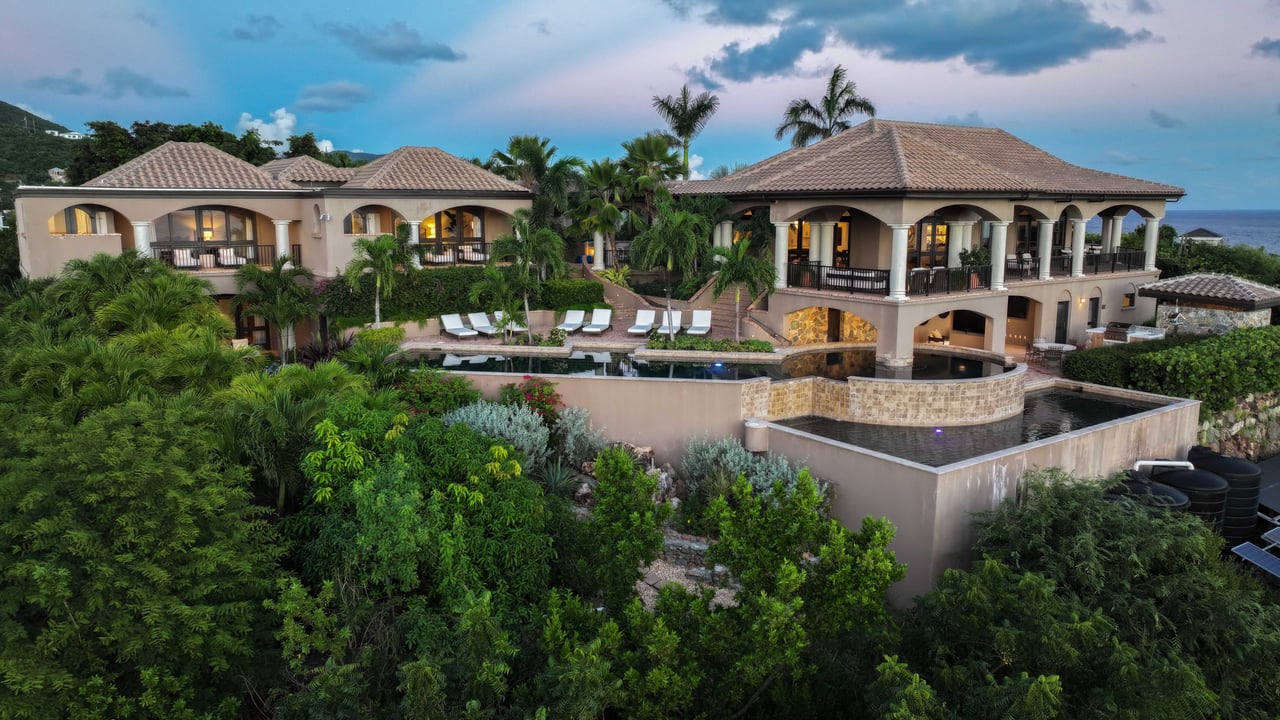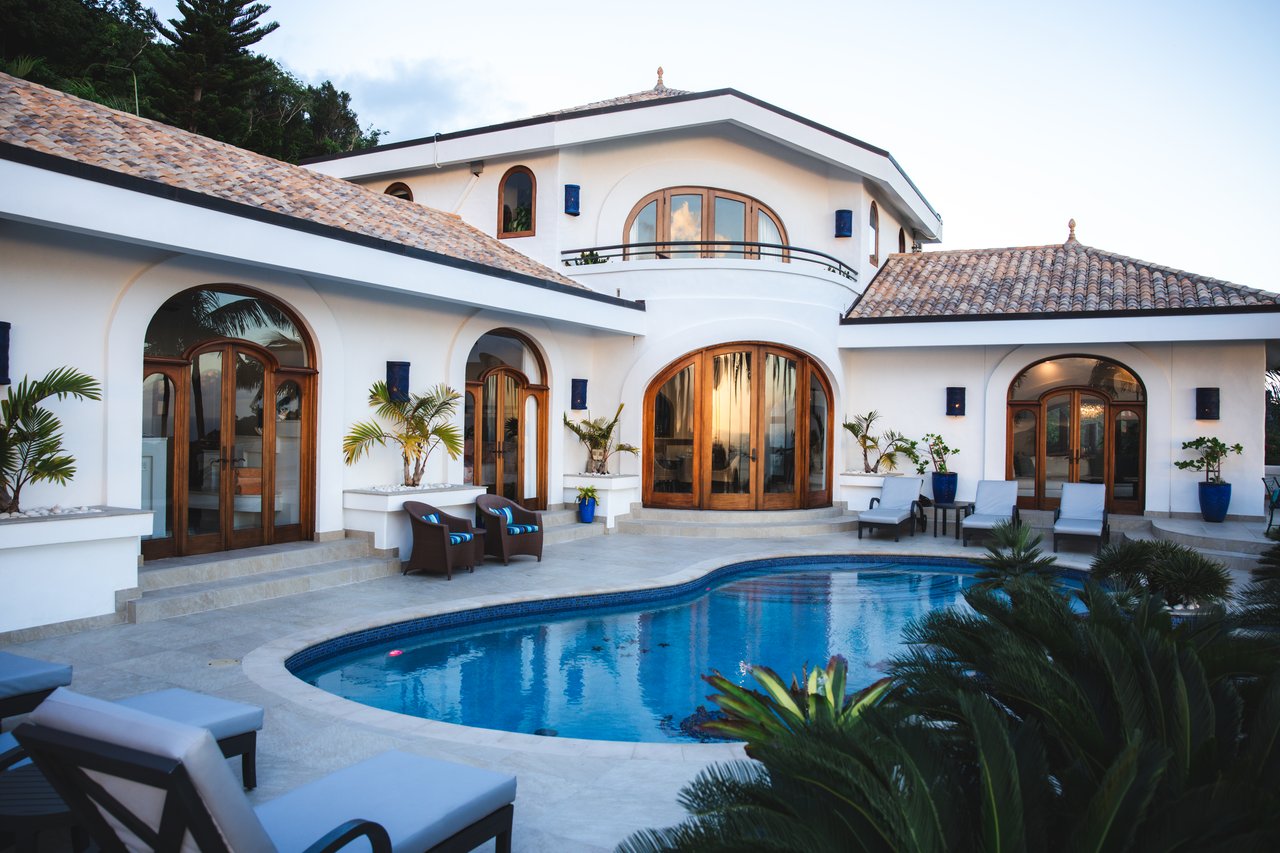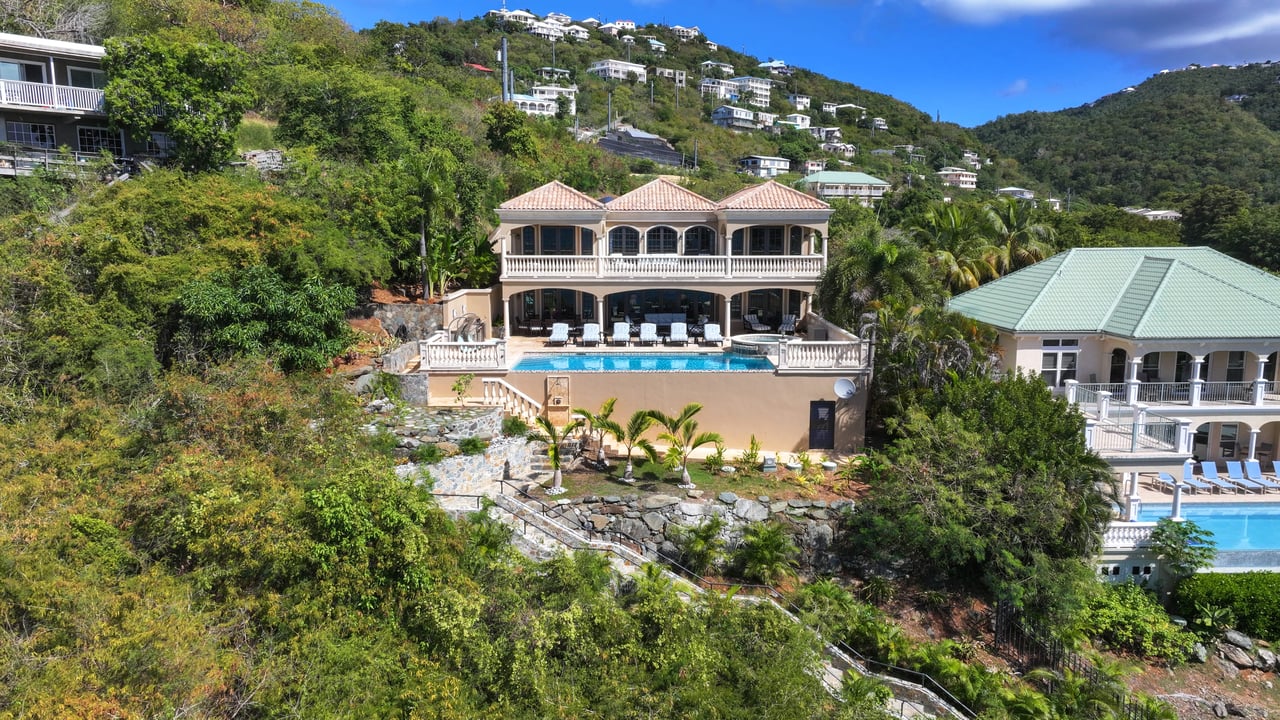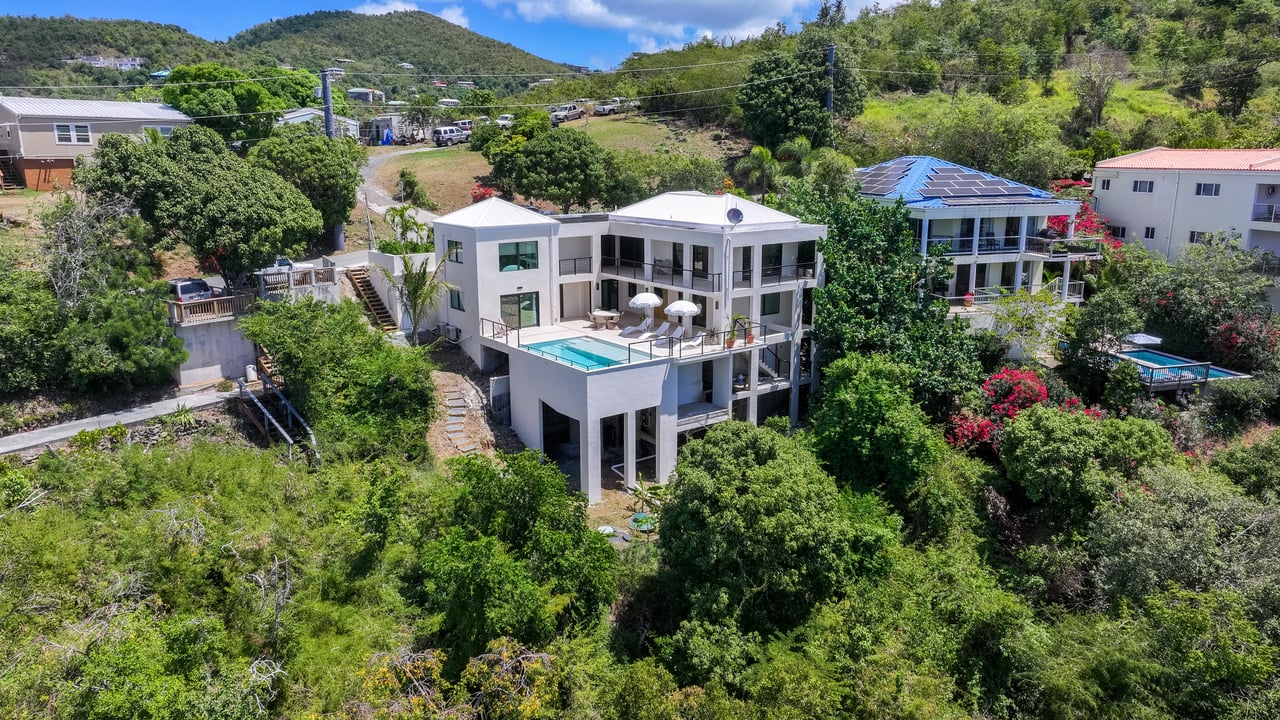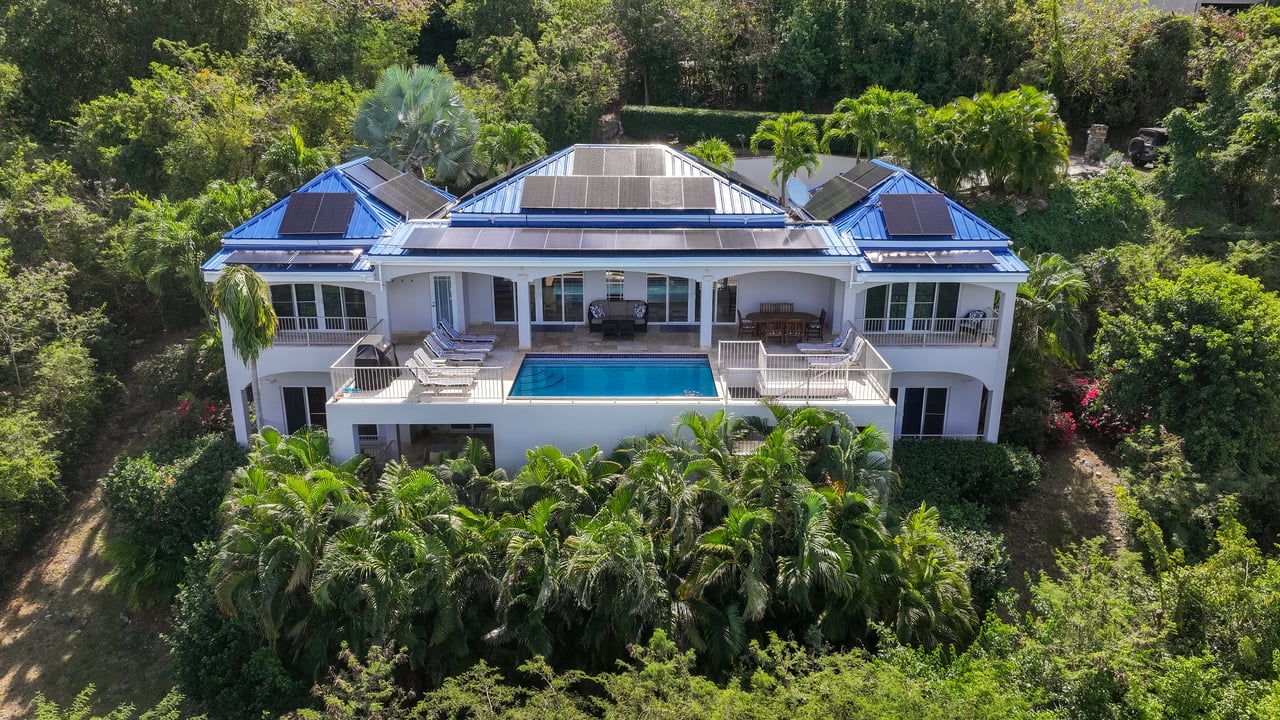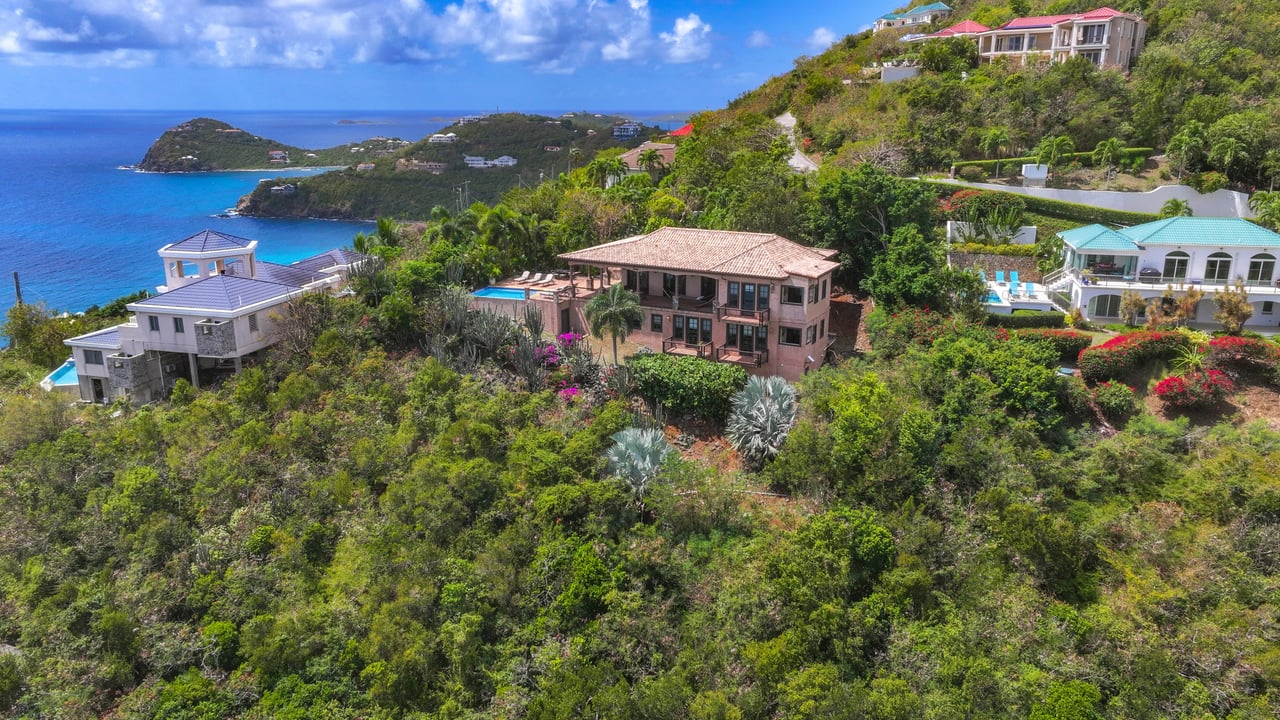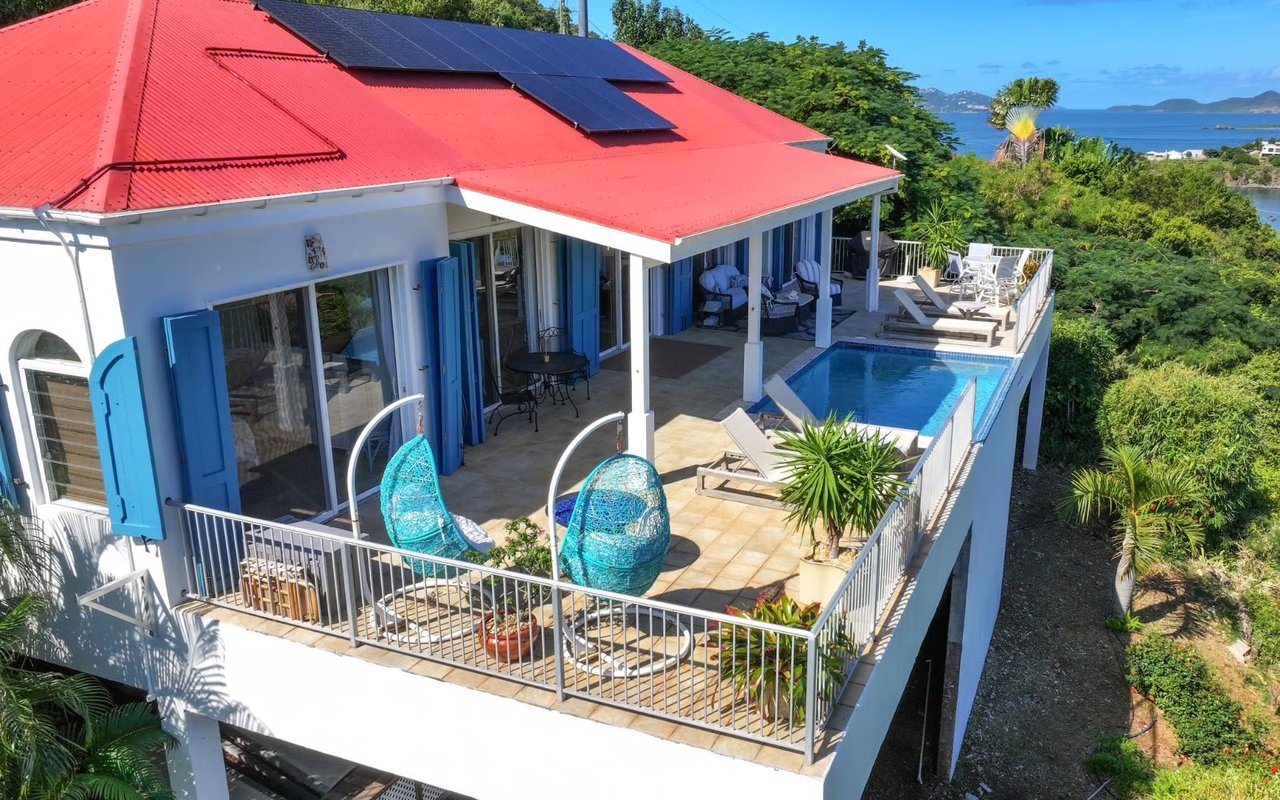St. John, USVI, is renowned for its pristine beaches and lush landscapes. However, the island also boasts remarkable architectural landmarks that reflect its rich history and cultural heritage. This article explores notable architectural sites on St. John, offering a glimpse into the island’s unique architectural style and historical significance. Whether you are interested in St. John, USVI architecture or considering St. John, USVI real estate, these landmarks provide a fascinating insight into the island’s built environment.
Annaberg Sugar Plantation
The Annaberg Sugar Plantation is one of St. John’s most significant historical sites. Established in the late 18th century, this plantation was once a thriving center for sugar production. The remains of the windmill, slave quarters, and factory ruins offer a stark reminder of the island's colonial past. The stone structures, built with coral and limestone, showcase the durability and ingenuity of the era's construction techniques. Visiting Annaberg provides a profound understanding of the island’s history and the architectural methods used during the plantation era.
Caneel Bay Resort
Caneel Bay Resort, originally developed by Laurance Rockefeller in the 1950s, is an iconic example of luxury resort architecture harmonizing with natural surroundings. The resort’s design emphasizes sustainability and environmental integration, featuring low-rise buildings that blend seamlessly into the landscape. Local materials and the minimalist design philosophy highlight the commitment to preserving St. John’s natural beauty.
Cruz Bay Battery
The Cruz Bay Battery, also known as Fort Christian, is a small fortification built in the 18th century to protect the island’s main harbor. The structure's thick stone walls and strategic location overlooking the bay demonstrate the defensive architectural style of the period. Today, the Battery serves as a cultural center and a museum, offering visitors insights into the island’s colonial history and architectural evolution. The fort’s preservation allows a closer look at the military architecture of the Danish colonial era.
Catherineberg Ruins
The Catherineberg Ruins are part of a former sugar plantation in the heart of the Virgin Islands National Park. This site is less visited but offers a captivating glimpse into St. John’s agricultural past. The ruins include a well-preserved windmill tower, cisterns, and other stone structures. The craftsmanship and layout reflect the architectural practices of the 18th century, emphasizing functionality and resilience. Catherineberg is an excellent spot for those interested in the intersection of natural beauty and historical architecture.
Estate Zootenvaal
Estate Zootenvaal is a unique architectural landmark combining historical significance and modern restoration. Originally an 18th-century plantation, the estate has been meticulously restored to serve as a private retreat. The restoration process respected the original design while incorporating modern amenities, blending historical and contemporary architectural elements. The estate's stone buildings and scenic location are prime examples of how St. John’s architectural heritage can be preserved and adapted for modern use.
Elaine Ione Sprauve Library and Museum
The Elaine Ione Sprauve Library and Museum, housed in a restored 18th-century plantation house, is a key cultural landmark. The building's architecture features classic colonial elements such as arched windows, wooden shutters, and a wide veranda. The restoration of the plantation house into a library and museum demonstrates a commitment to preserving St. John’s architectural history while repurposing it for community use. The site offers valuable resources and exhibits on the island’s history, making it an essential stop for history and architecture enthusiasts.
Trunk Bay Pavilion
Trunk Bay, known for its stunning beach, also features the Trunk Bay Pavilion, an excellent example of modern, eco-conscious architecture. Designed to serve visitors' needs while minimizing environmental impact, the pavilion incorporates sustainable materials and energy-efficient systems. Its open, airy design and use of natural light reflect a contemporary approach to tropical architecture. The pavilion enhances the visitor experience without detracting from the natural beauty of Trunk Bay, showcasing how modern architecture can coexist harmoniously with the environment.
Emmaus Moravian Church
The Emmaus Moravian Church, located in Coral Bay, is an enduring symbol of the island's religious and architectural history. Constructed in 1750, this church is one of the oldest in the Virgin Islands. Its simple yet sturdy design, featuring thick stone walls and a gabled roof, reflects its time's practical and aesthetic considerations. The church has been well maintained and continues serving the local community, hosting regular services and events. The Emmaus Moravian Church is a testament to the enduring legacy of early settlers and their influence on St. John's architectural landscape.
Explore St. John, USVI
St. John, USVI, is a paradise for nature lovers and a treasure trove of architectural landmarks. From historical ruins to modern eco-friendly designs, the island's architecture tells the story of its cultural and historical evolution. These seven landmarks provide a window into St. John’s past and present, highlighting the diverse architectural styles that make the island unique.
If you are inspired by the architectural beauty of St. John and considering investing in St. John, USVI real estate, contact
Daniel Boudreau today. With extensive knowledge of the island’s real estate market, Daniel can help you find a property that aligns with your vision and appreciation for St. John’s architectural heritage.



